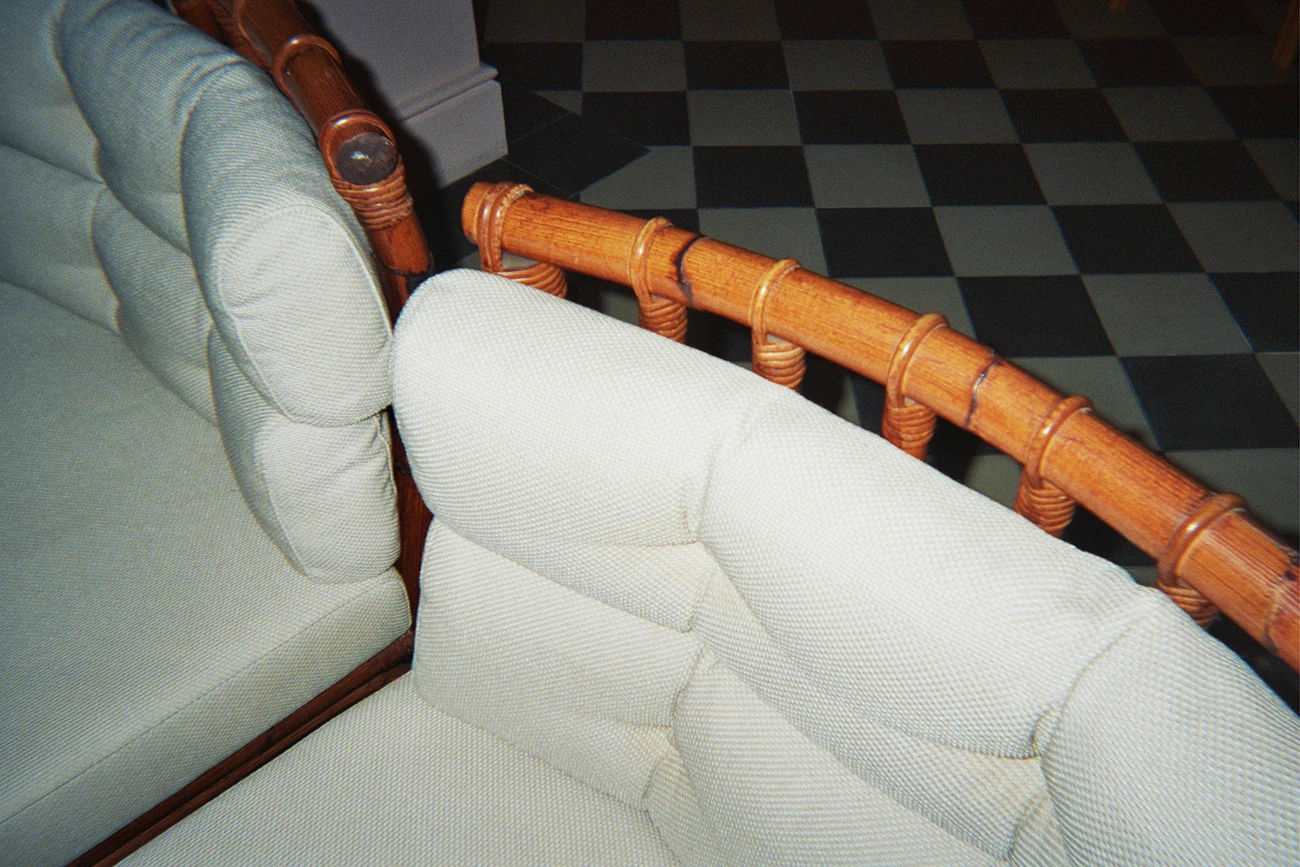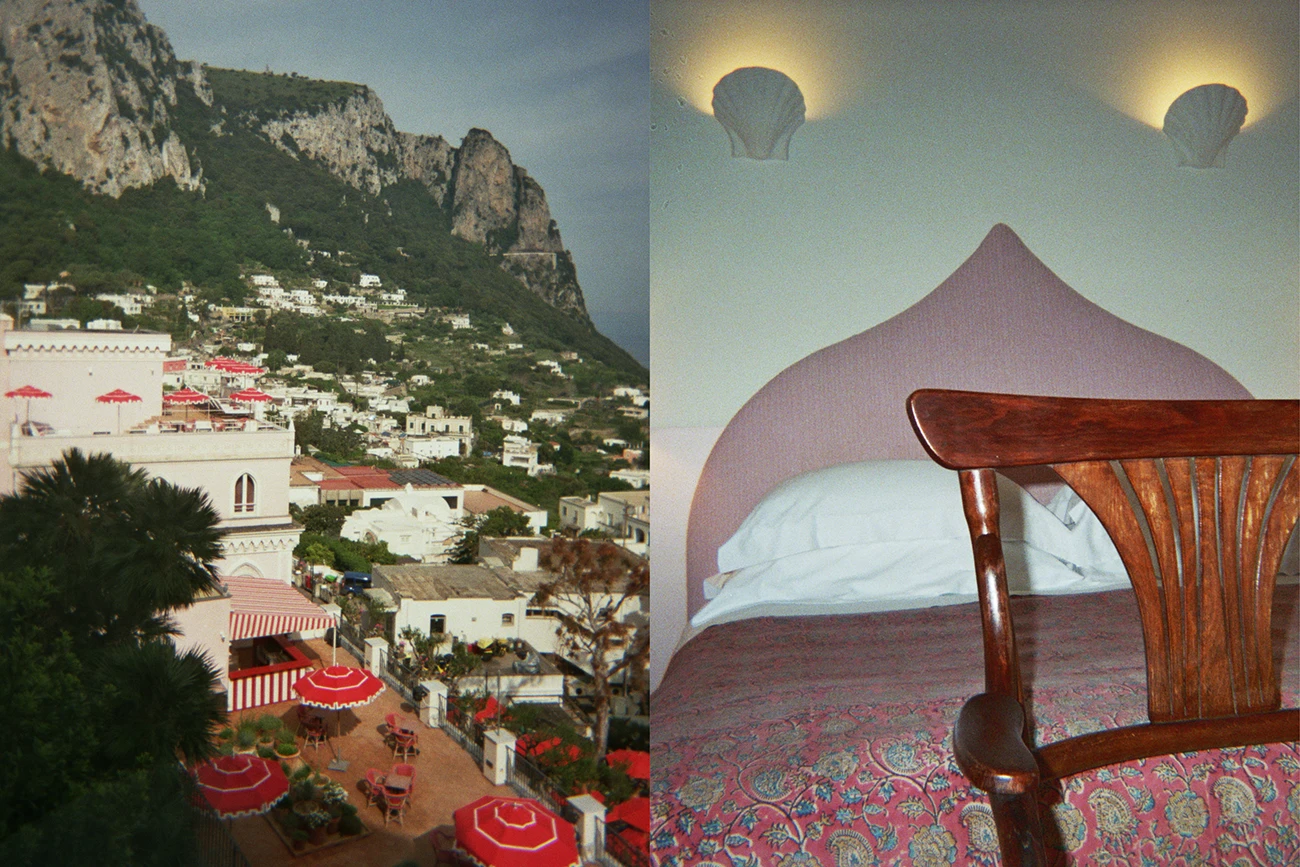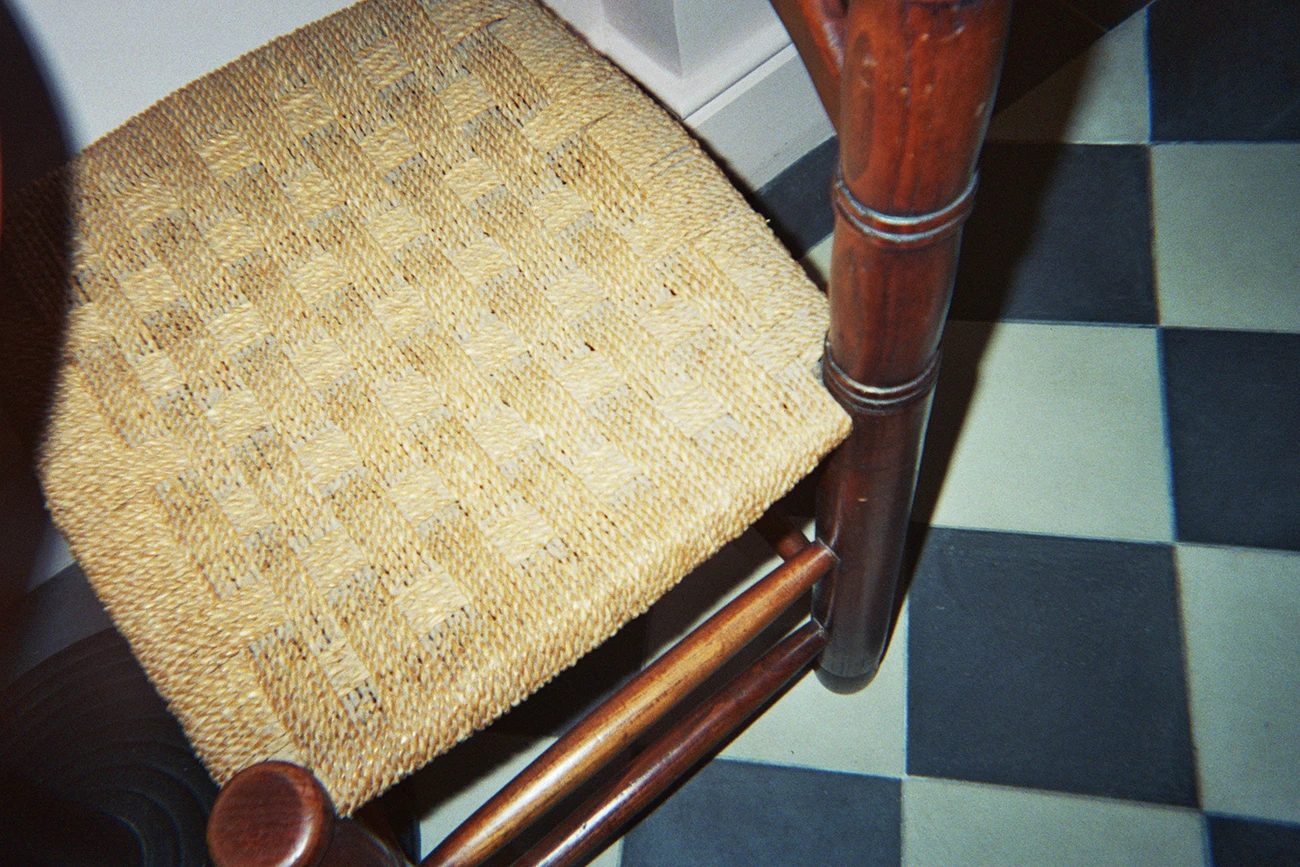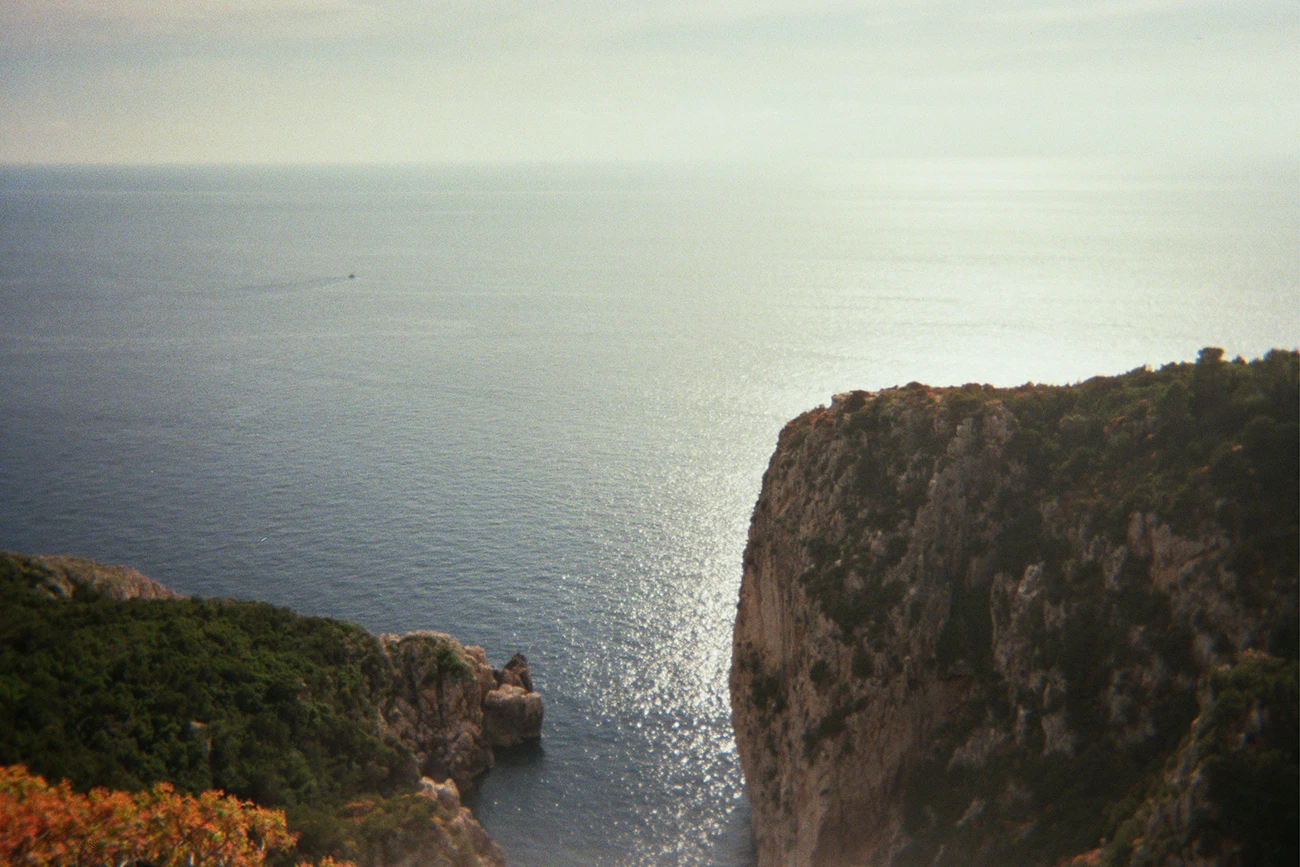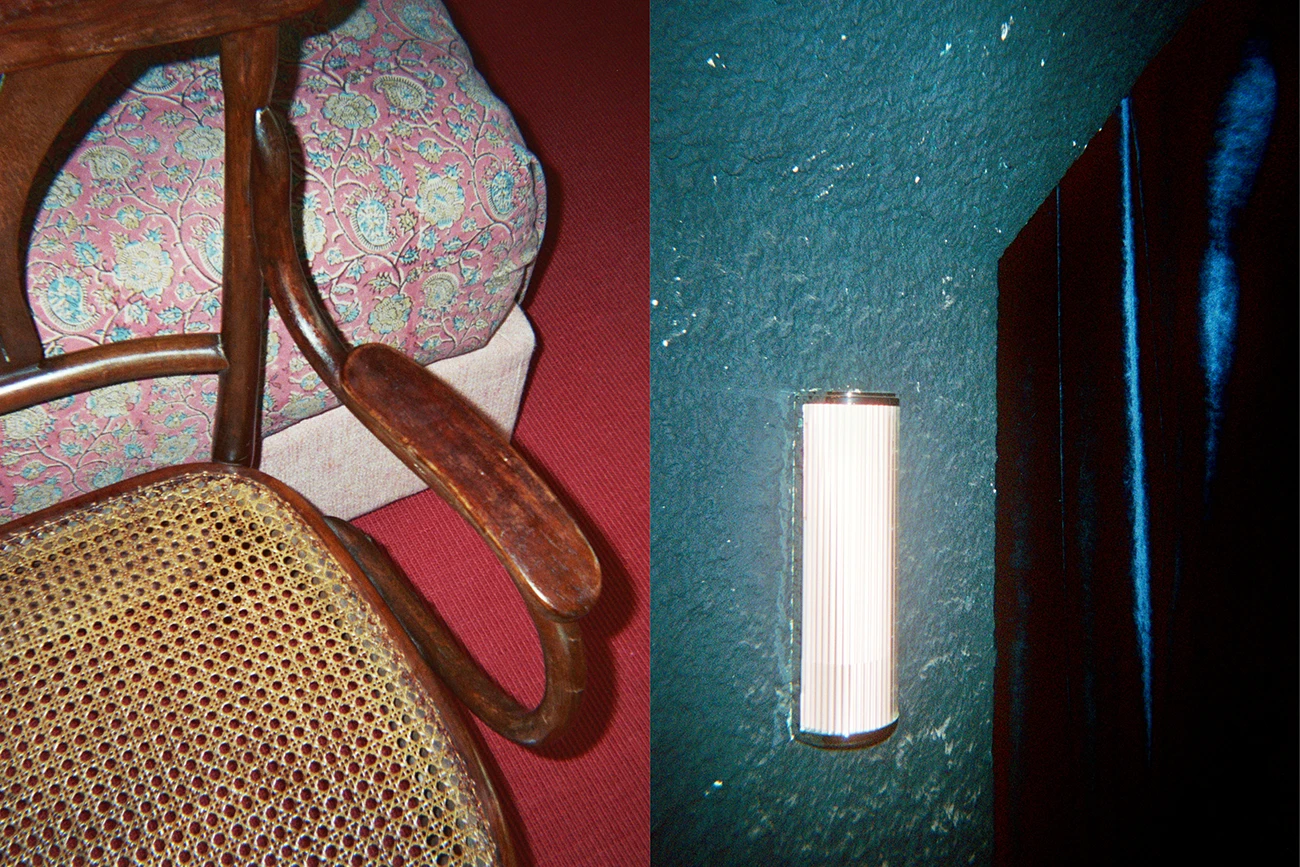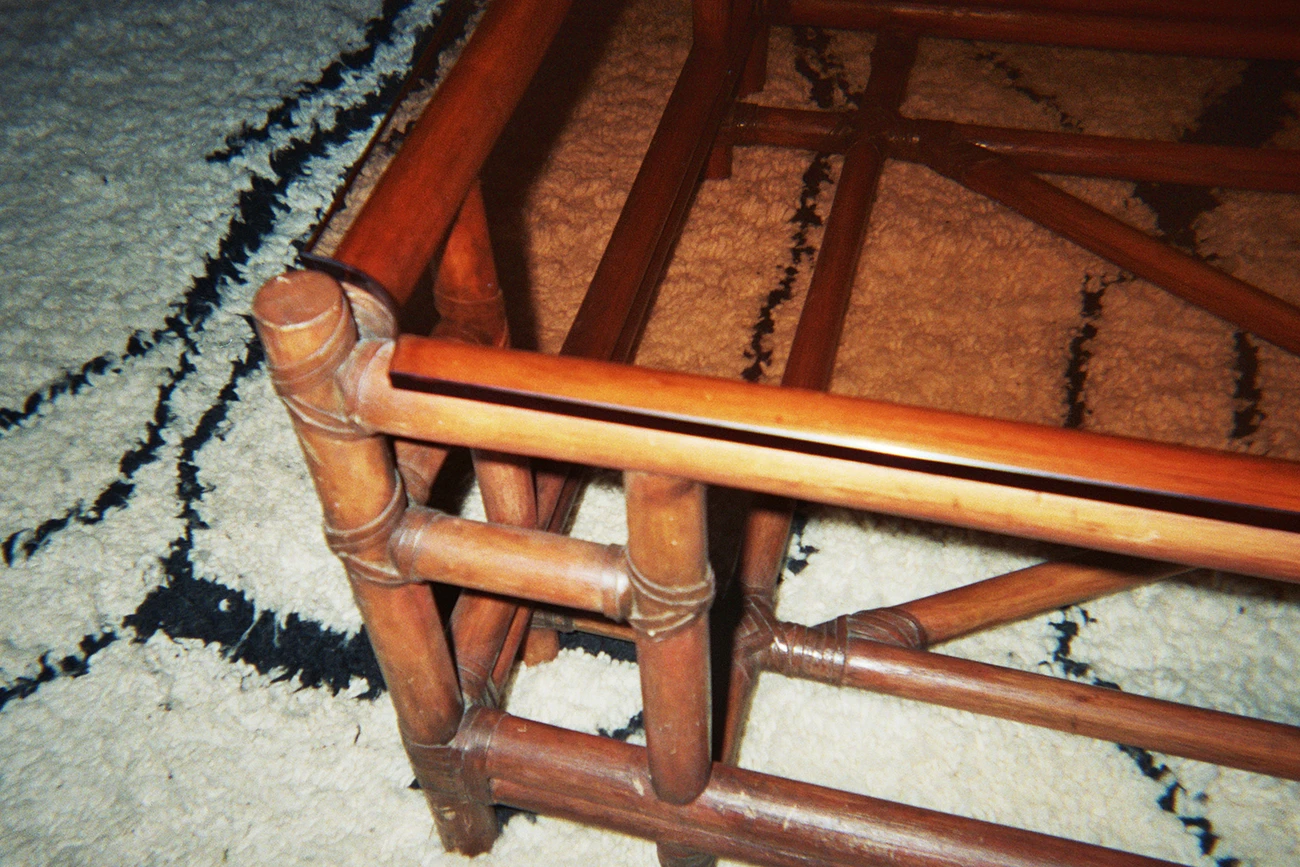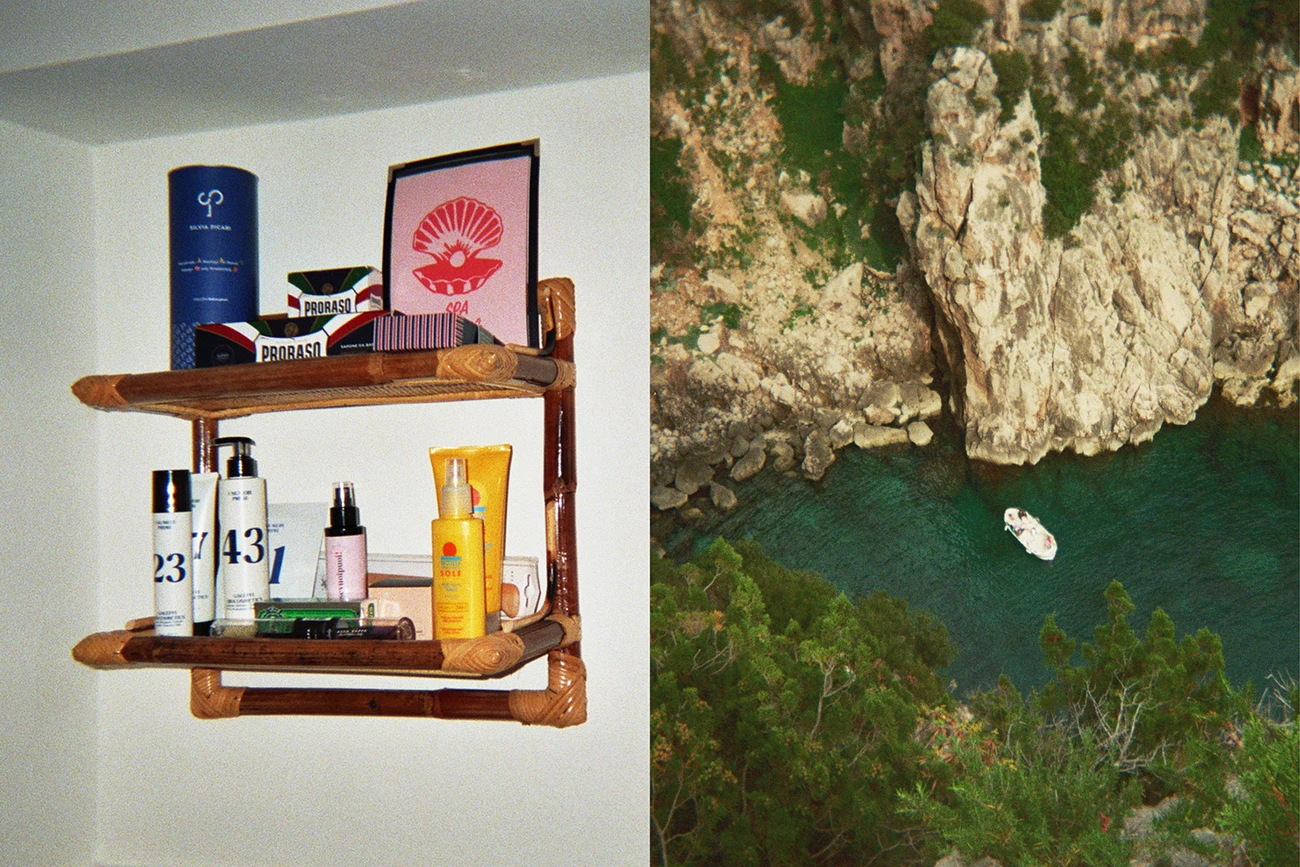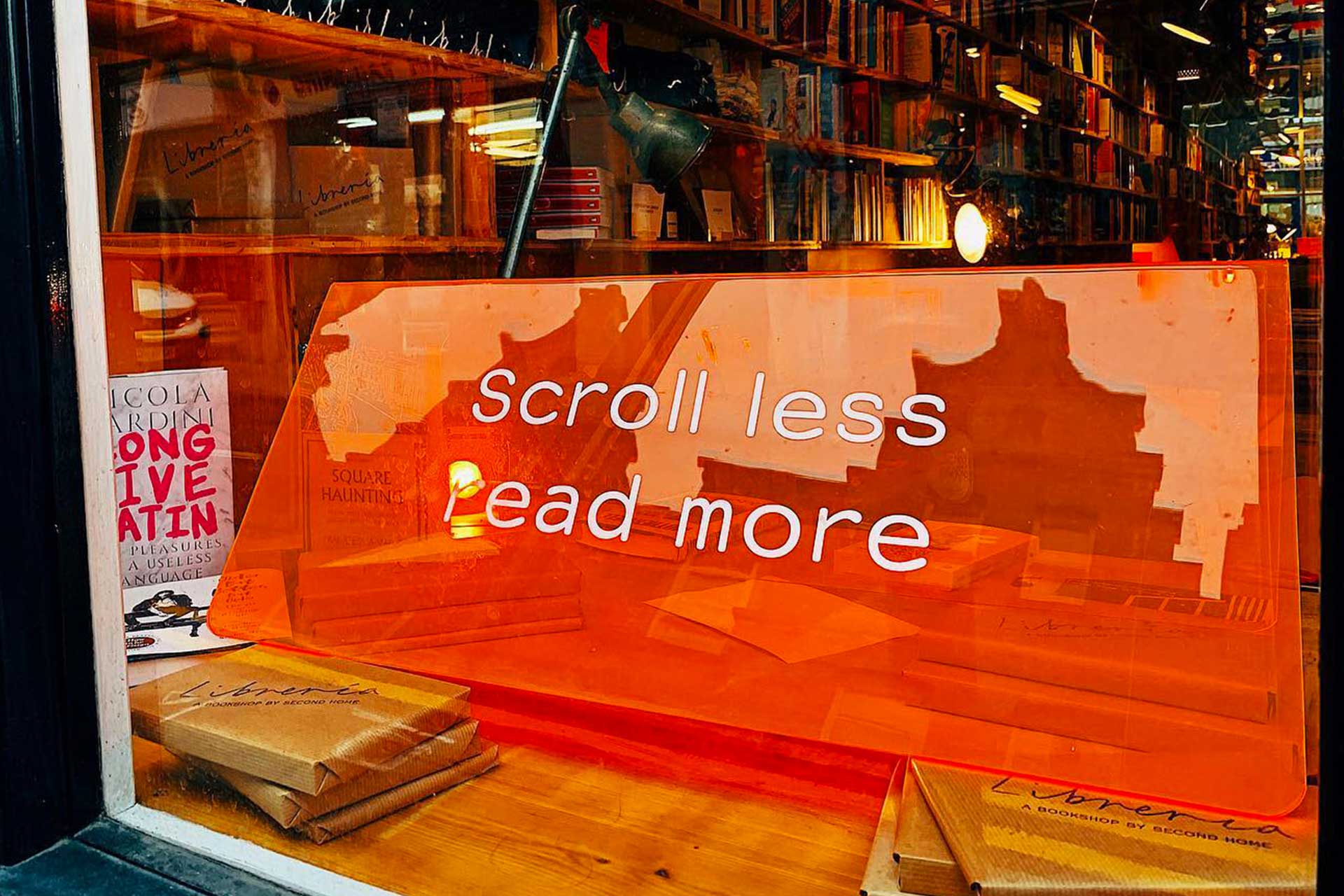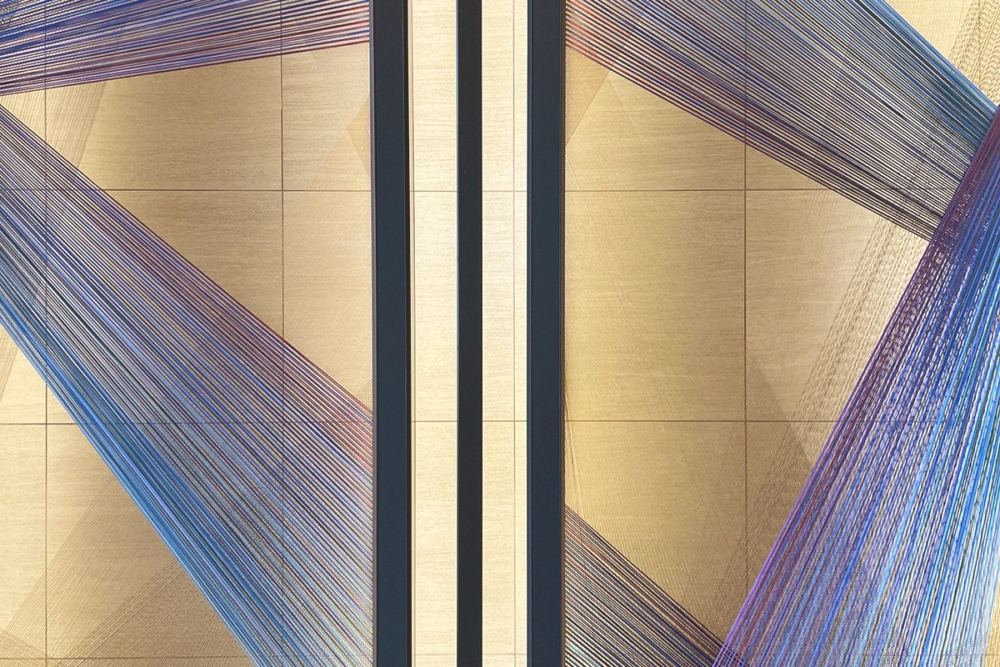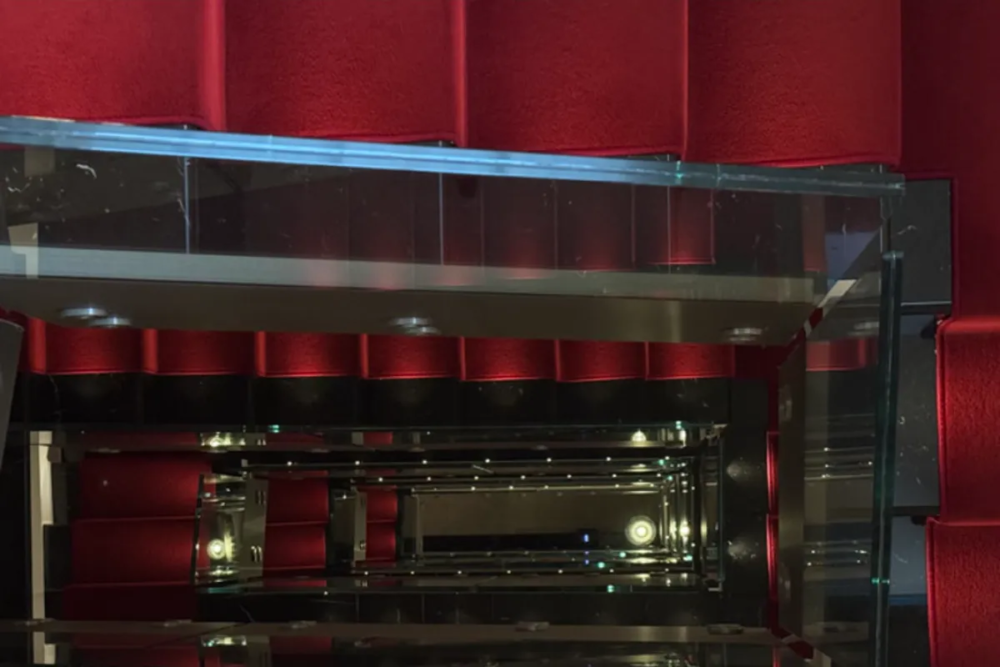
Il Capri doesn’t scream: design, raw materials and the absence of interfaces
No televisions, no digital clocks blinking in the dark, no refrigerator whirring at night. Il Capri reclaims the island’s soul through a sustainable way of being that refuses performance
Il Capri – Spatial typologies, raw material, and the deliberate absence of interfaces
Set within a 19th-century structure originally constructed as a private villa painted in pink, Il Capri is located in the Marina Grande district of Caprion in between eras, continents, and cultural identities.
No televisions, no digital clocks blinking in the dark, no refrigerator whirring at night. Rooms are screenless by design. This absence shifts the gaze outward: toward the sea framed by small windows, or inward, towards the fabric of the hemp armchair, to the curve of a brass lamp found at a marché aux puces in the South of France, to the Tyrrhenian Sea framed by sheer curtains. What’s left, when the noise is gone, is what truly surrounds us.
Il Capri reimagined: a revival of a historic 19th-century villa
Owned by a French entrepreneur and his Neapolitan partner, Il Capri is the embodiment of a dialogue – between Italian spontaneity and French restraint, between island rhythm and cosmopolitan vision. The property reopened with new life and purpose. The restoration process followed a conservation-based approach; historical elements – doors, window frames, cornice – have been retained and mechanically cleaned, rather than replaced. The façade, treated in natural lime plaster and pigmented with mineral oxides, maintains the pink tone originally used in the 1800s.
The villa has been restored without nostalgia, but with sensitivity. Details matter: from the pink lime plaster that catches the light at dusk, to the collection of furniture. One a chair out of hemp – a sustainable raw material in existence – others are rough-hewn and sculptural, others minimalist and utilitarian, but each has its own voice. Many of the objects are part of a private collection assembled by the hotel’s owners over two decades. Items include mid-century French industrial furniture, Neapolitan ceramics, and functional objects. No explanatory texts are provided. There is no exhibition narrative. Objects exist as part of a continuous interior.
The result is a layered and deeply personal interior landscape. All speak the same quiet language of intentional living.
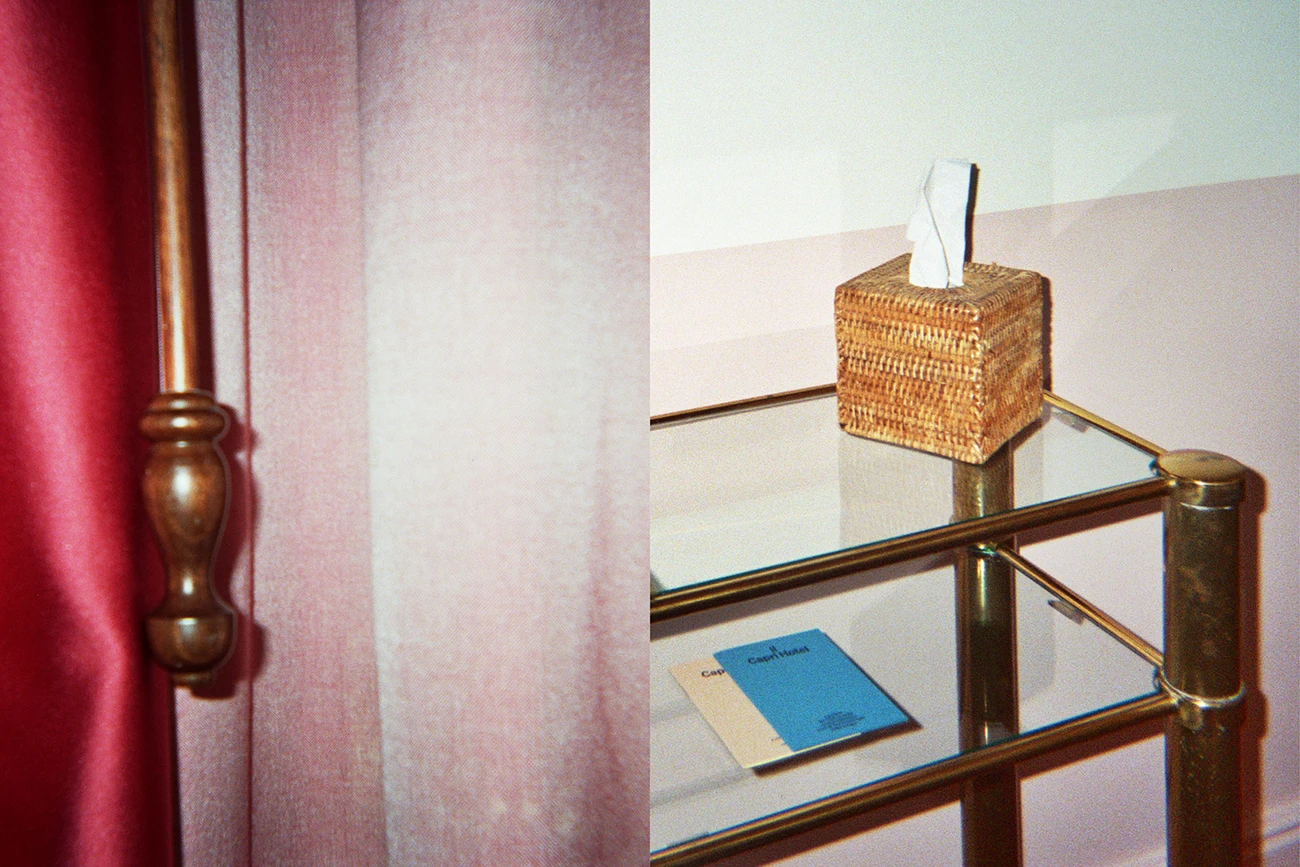
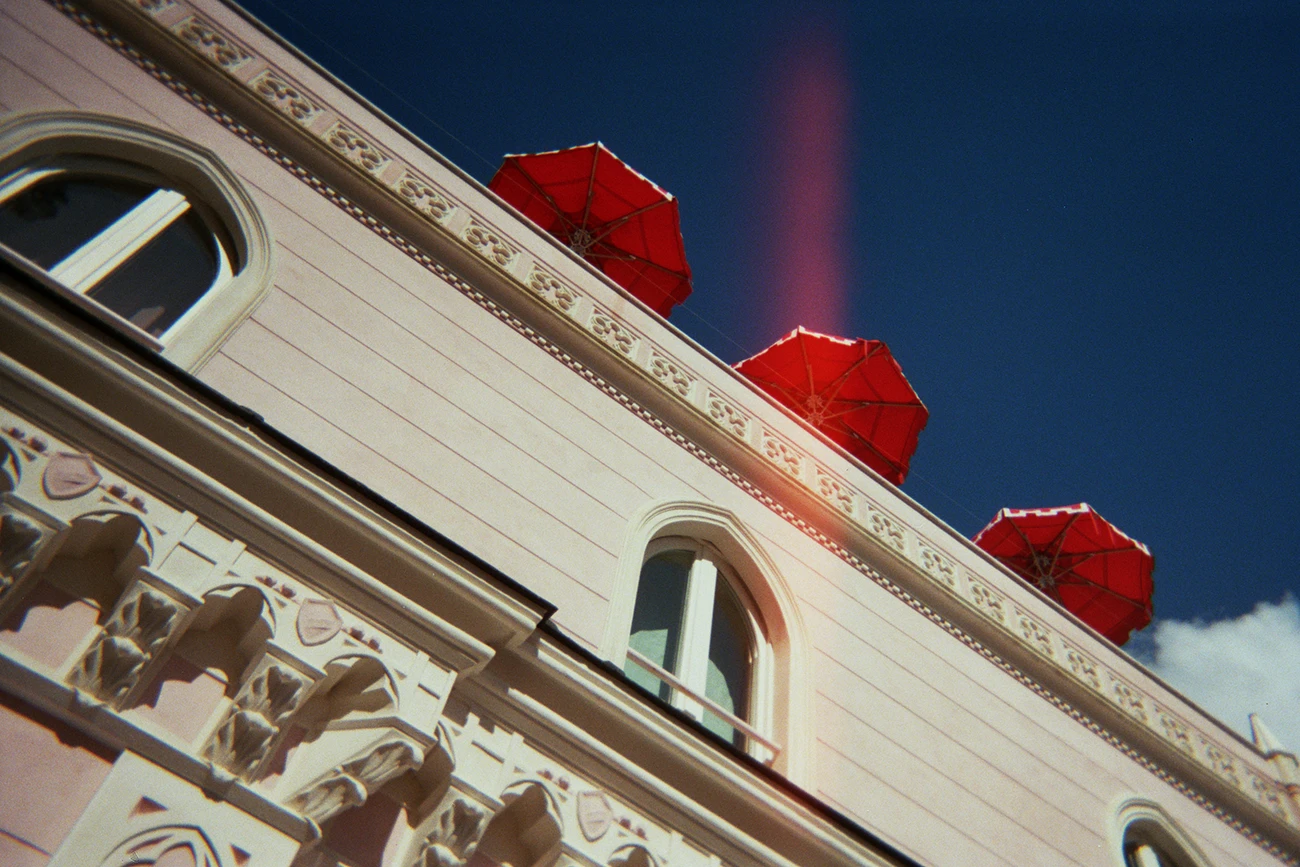
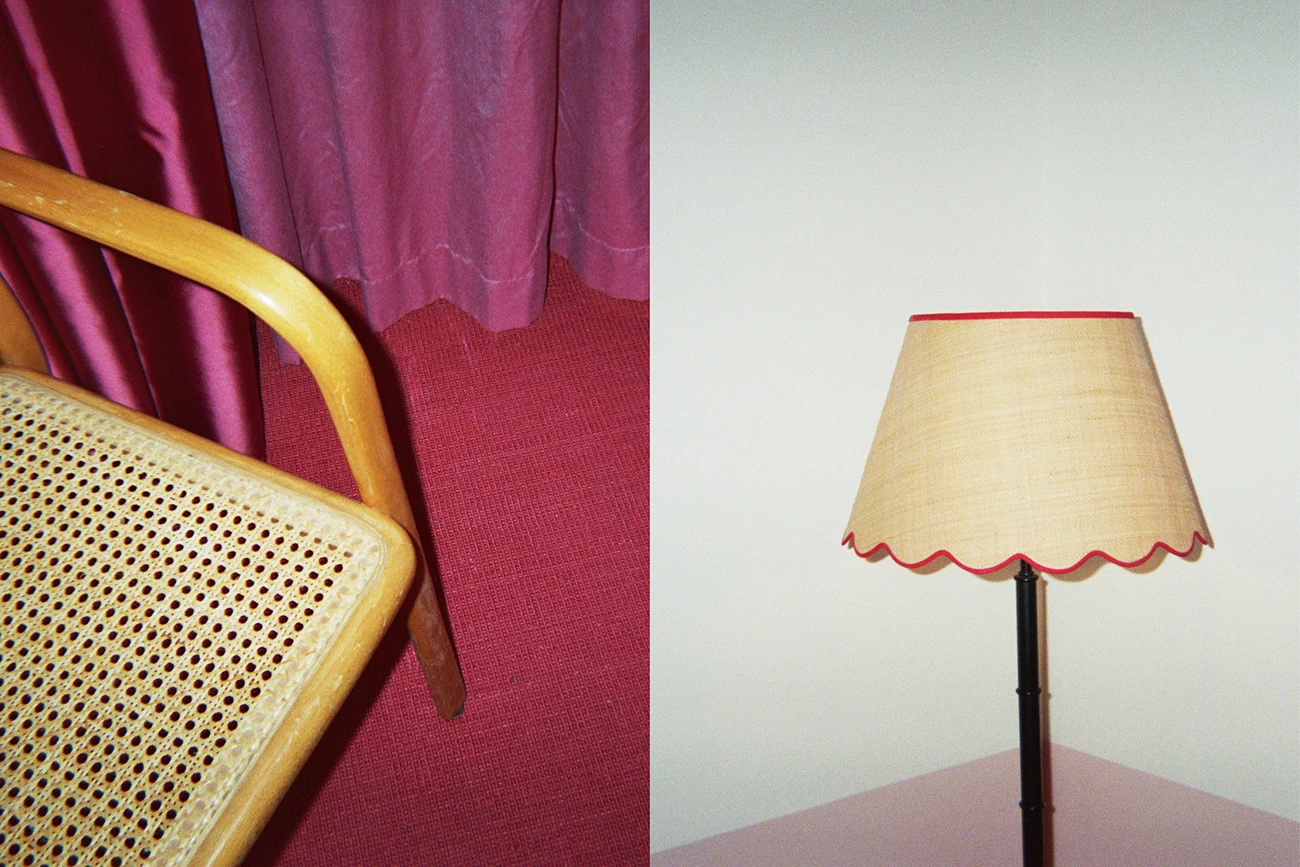
A Room for every story: 21 spaces as self-contained, screenless sanctuaries
Each of the hotel’s 21 rooms is singular. There is no standard decor, only recurring themes, no monolithic style – raw materials, Italian ceramics, French lighting fixtures. There is no television. No electonical minibar. The absence of technological interfaces is intentional. It is a subtraction strategy designed to reduce visual noise. Pink terracotta tiles line the bathroom with silver finishings as contrast. A form of effortless eclecticism. Even the imperfections are deliberate, everything is allowed to age.
Pink dominates. Sun-baked pink that shifts with the light – sometimes dusty, sometimes luminous. It is the color of the façade, the walls, the menus, even the stairwells. And yet, it is never overwhelming. It hums rather than shouts. It connects the building to its landscape, to the warm stone and to the Capri heat.
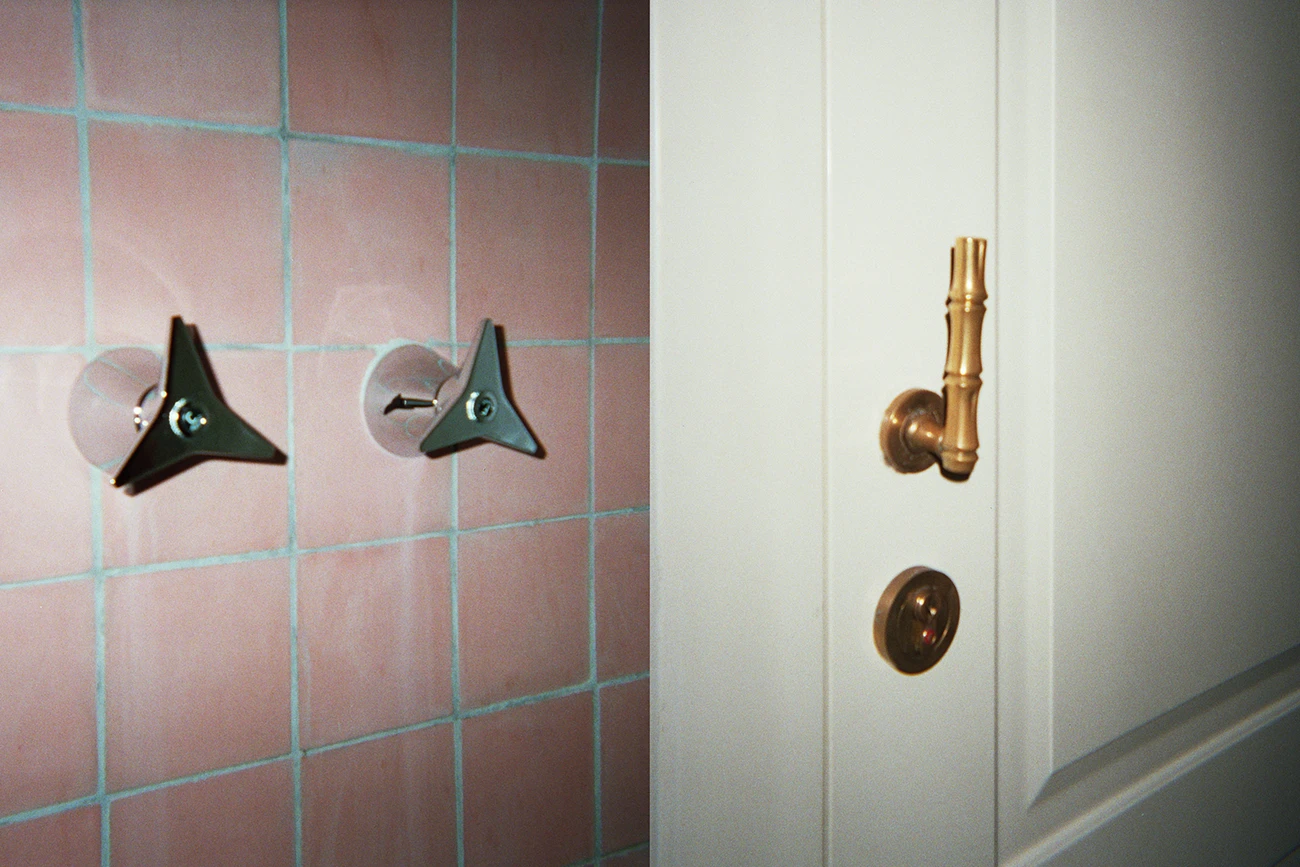
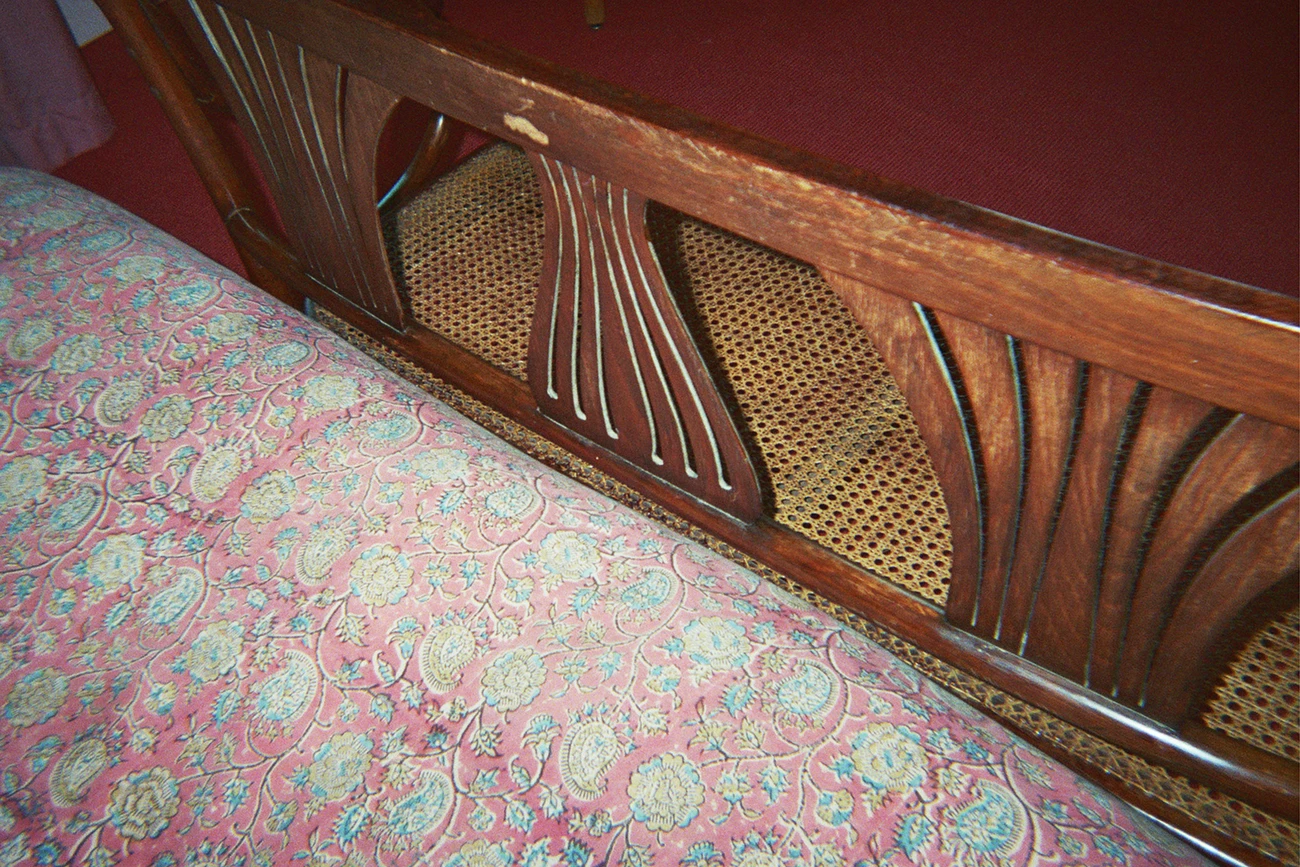
Il Capri: the hidden club below propose a Berlin-inspired nightlife experience with a mediterranean soul
When night falls, Il Capri shifts. Pink turns into a nightblue. Beneath the hotel, in what once was a hidden storage space, an underground club opens. A retro, Berlin-style club that contrasts the romanticism upstairs. The space is raw: stone walls, halogen lighting, irregular vaults. The music is selected with care – electronic, vinyl sets, inspired by Berlin’s underground scene, but with a distinctly Mediterranean soul. A contrast to the calm above.
The club is more than entertainment – a memory in motion. A nod to the island’s past as a gathering place for artists, outsiders, and misfits. A time when places like this thrived on intimacy, not excess. When the best nights were the ones you stumbled into, and never photographed.
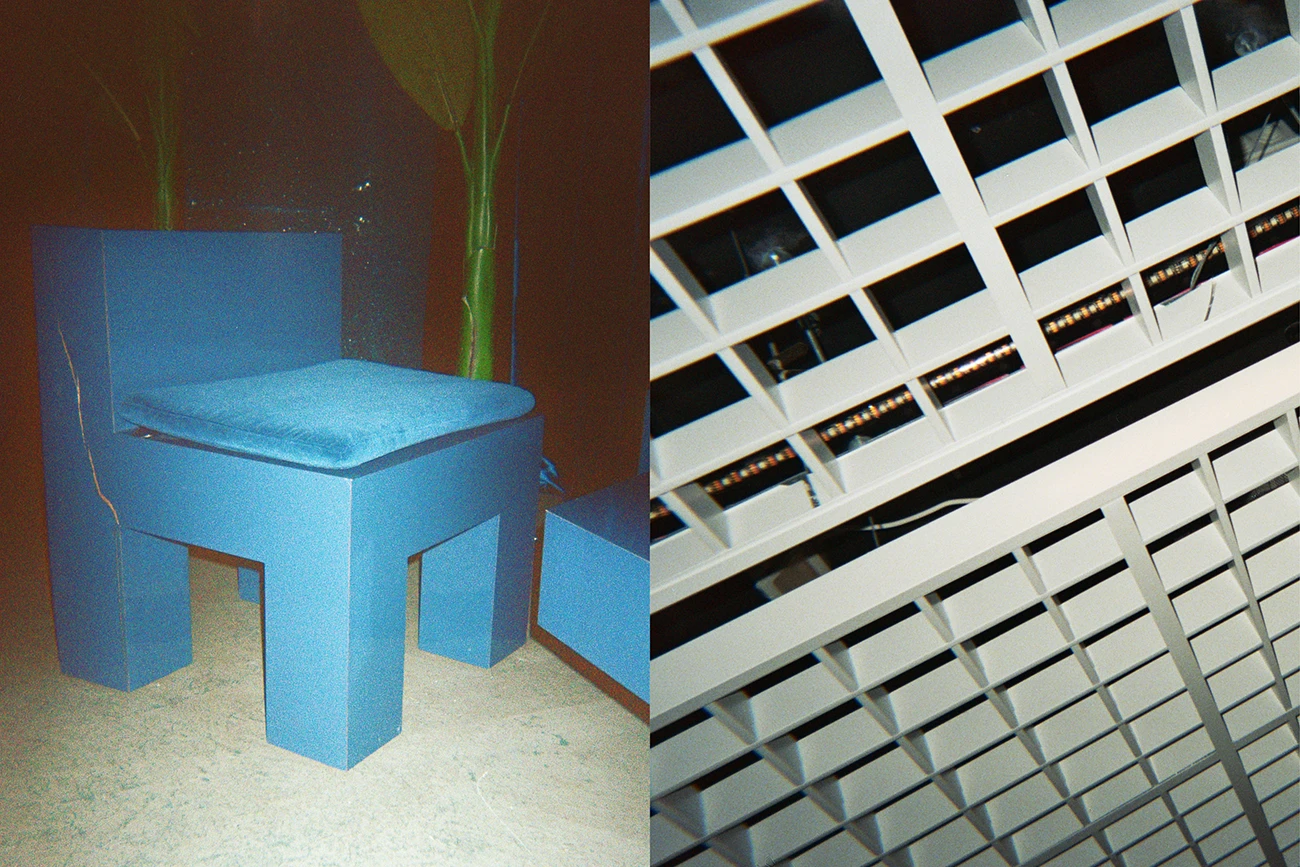
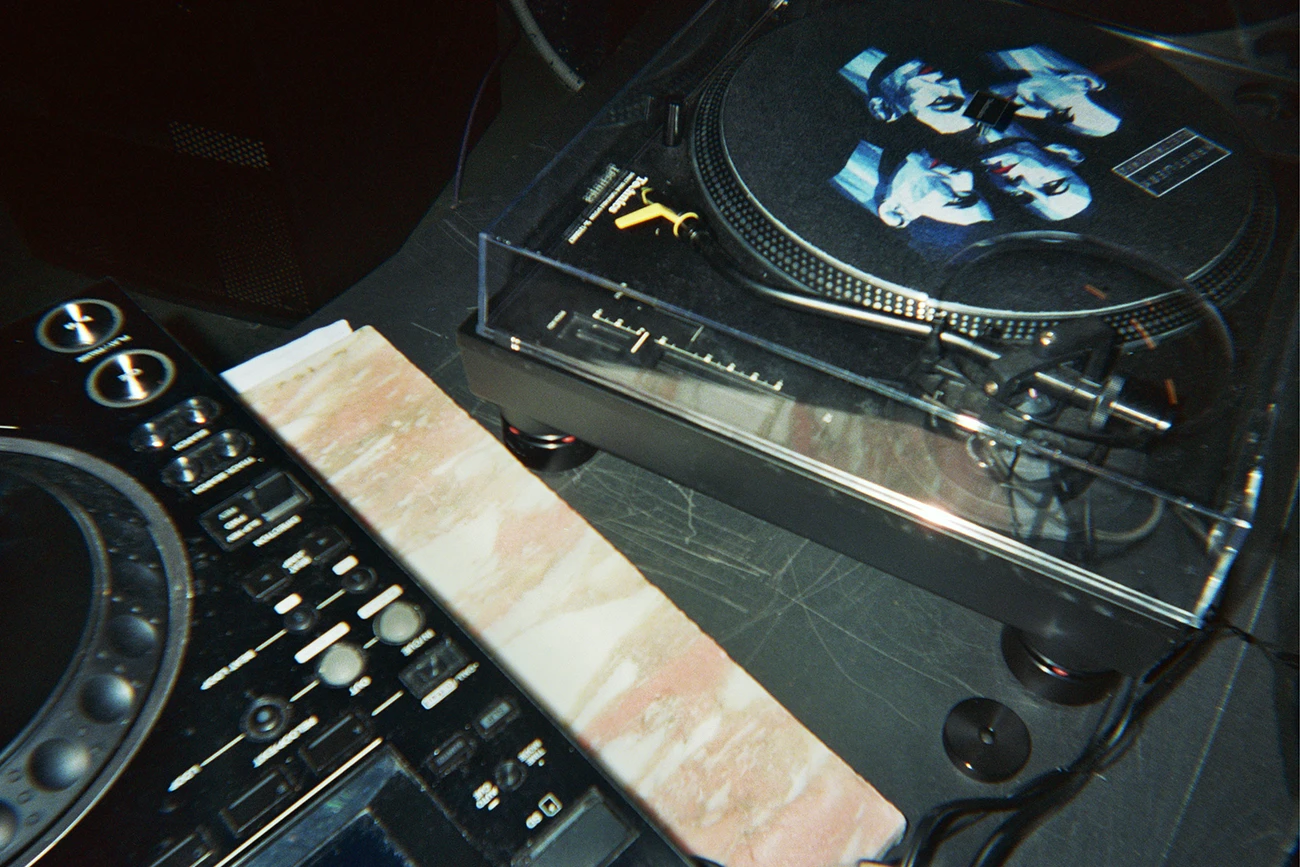
Living sustainability at Il Capri: hemp, heritage materials, and a low-impact philosophy
Throughout the hotel, sustainability is not branded, rather lived. Hemp, as a material, is not only ecologically sound – it is ancient with peasant traditions and pre-industrial knowledge. The restoration of the villa itself respected the original structure wherever possible. Old doors were repainted, not replaced. Floors were cleaned, not resurfaced. Energy use is minimized; waste is thoughtfully managed. The luxury here is not in abundance, but in care. No single-use plastics are provided in rooms or public areas. Amenities are delivered in glass. Even the back-of-house spaces – laundry, storage – follow the same non-digital framework.
Il Capri is not a resort
Capri, historically, has oscillated between myth and overexposure. It has been a sanctuary for emperors and anarchists, a playground for film stars, a cliché of glamour. Il Capri offers a different interpretation, it is not a set. Less filtered, less curated, more lived, more honest. One that reclaims the soul of the island – the quiet, the craft, the slowness, the sea. It is not a resort. It is a lived-in space, a layered narrative, a conversation. At Il Capri, nothing screams.
words and visual Sebastian Zössmayr
